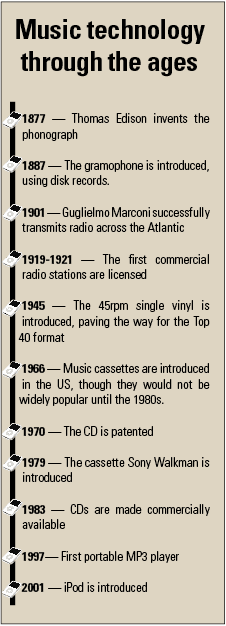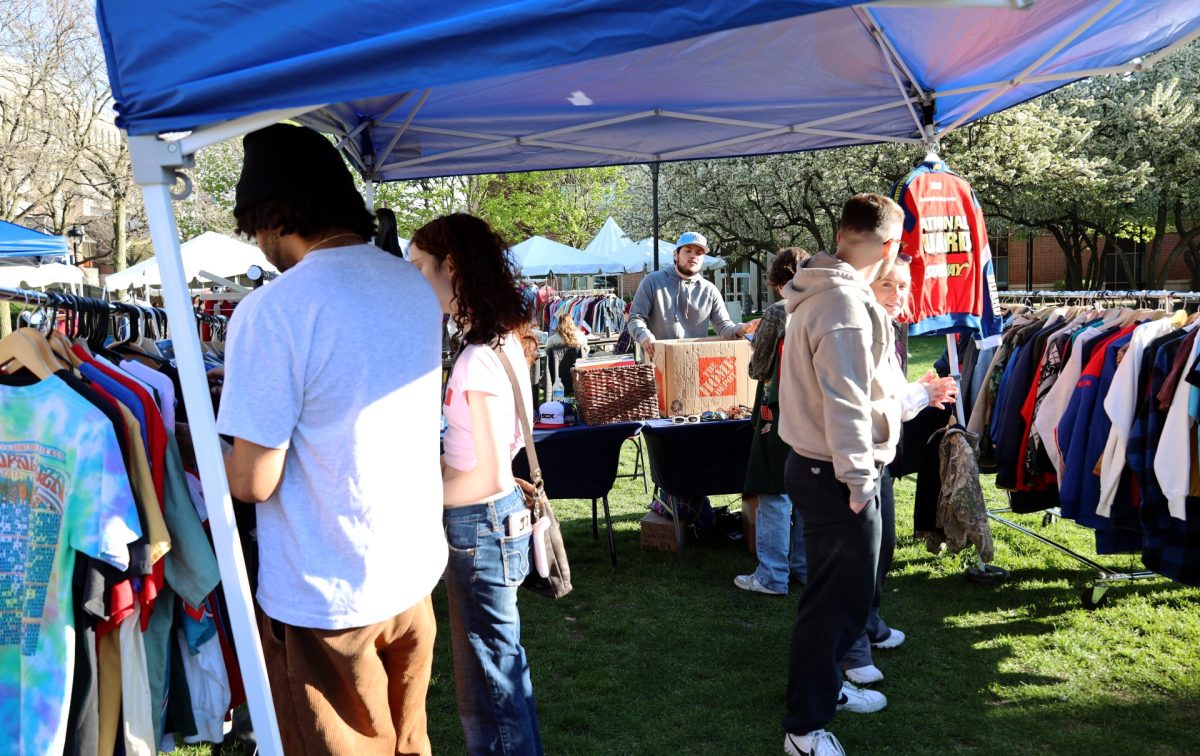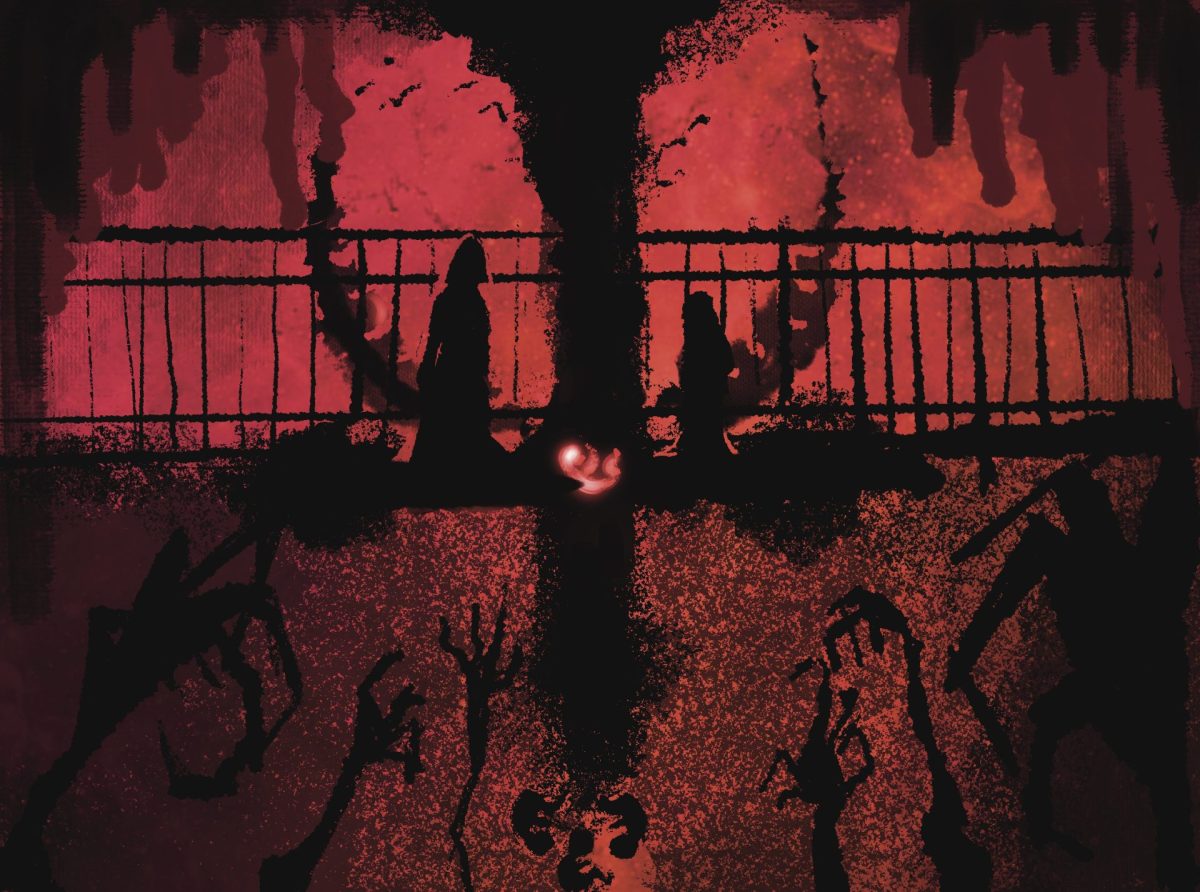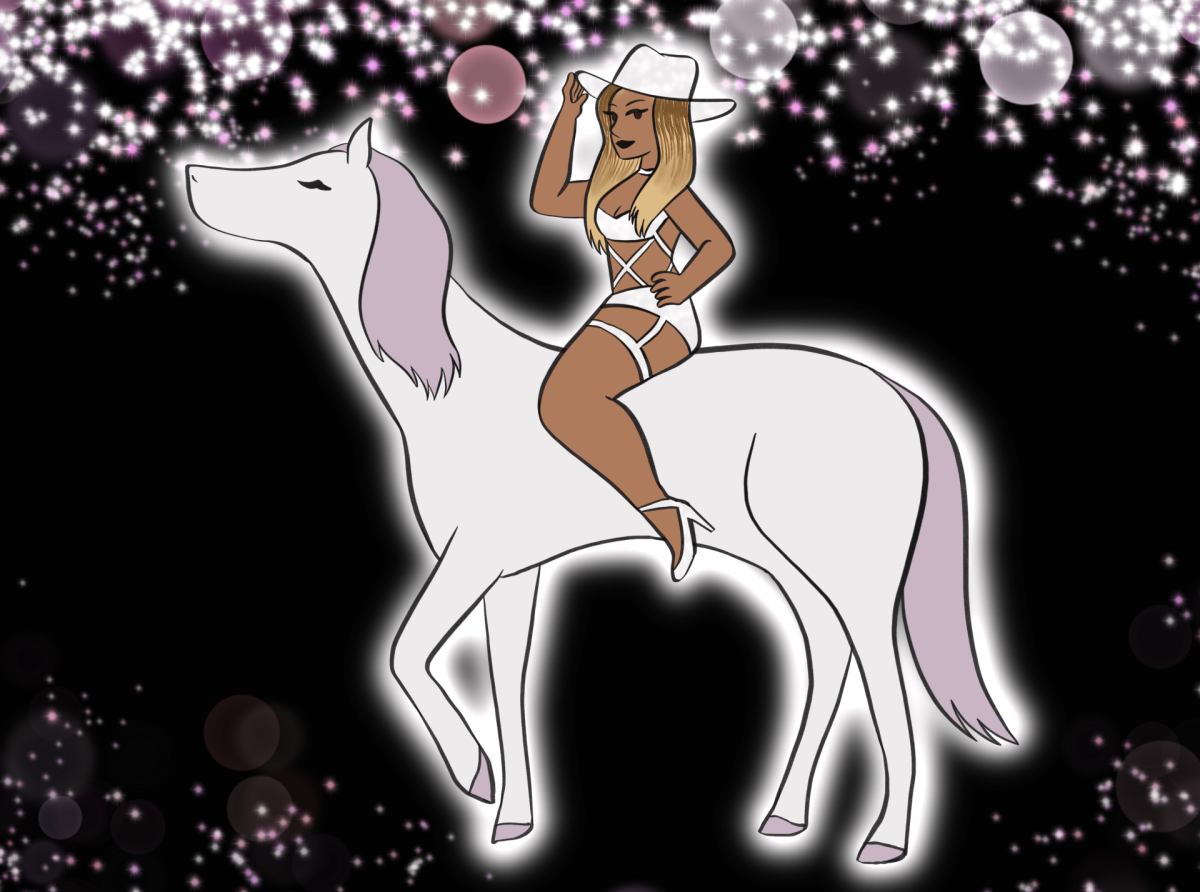It’s no secret we pride ourselves in obtaining the newest technology. In its first week, Apple reached $10 million in sales for its new iPhone 6 and iPhone 6 plus as eager customers flocked to stores to get the newest update in the iPhone series. Despite the large amount of new and advanced music technology available today, older music technologies are starting to see a huge revival.
Sony just released a new version of the Walkman, but it doesn’t play CDs or cassettes. The NWZ-A17, at a price of $299, can play digital music files just like any iPod on the market today.
An iPod Classic is an option as well, but it will come at a steep price. After Apple discontinued the classic in September of 2014, the price and the demand skyrocketed. A new iPod classic can cost you as much as $420 on eBay, a price that at least 81 classics have already sold at.
Vinyl is experiencing the largest revival of all. 2014 saw the highest number of records sold in two decades, with more than 9.2 million records sold, a 52 percent increase from 2013. Top sellers included Jack White’s “Lazaretto,” “AM” by the Artic Monkeys, and Lana Del Rey’s “Born to Die.”
Why are these older music technologies seeing such a resurgence? Each one has its own appeal.
 The new NWZ-A17 Walkman is capable of playing high-resolution audio files, a feat that very few audio players can boast, and one that has a huge appeal to audiophiles. Unfortunately, high-resolution audio files can only be purchased at a very limited number of online vendors, a downfall of the NWZ-A17. Not only are these high-resolution audio files difficult to find, they are usually double the price and tend to be sold on the album only.
The new NWZ-A17 Walkman is capable of playing high-resolution audio files, a feat that very few audio players can boast, and one that has a huge appeal to audiophiles. Unfortunately, high-resolution audio files can only be purchased at a very limited number of online vendors, a downfall of the NWZ-A17. Not only are these high-resolution audio files difficult to find, they are usually double the price and tend to be sold on the album only.
A benefit of the iPod Classic is its storage capabilities with 160GB. In Apple’s current repertoire of audio players, the largest amount of gigabytes available in a product is only a mere 64GB.
“I’m lucky enough to still have an iPod classic,” freshman Lily Becker said, “I have a lot of music and I also like to put movies onto my iPod to watch on the go. It just wouldn’t all fit into 64GB.”
Sociology professor Deena Weinstein suggested the renewed interest in older music technologies is because of nostalgia.
“People see pre-everything-on-the-Internet stuff to be more real,” Weinstein said. “People under 35 or so really want to have something of prior eras because they see those prior eras as different from now.”
Compared to the digitally downloaded music, vinyl offers many auditory and aesthetic benefits for listeners and collectors.
“When you take out a vinyl you have the album art, the lyrics on the page,” freshman Cali Linstrom, who inherited most of her records from her father and grandfather, said. “Just the physical, beautifully put together music is really what I like about it.”
Along with the aesthetic values, records also provide listeners a sense of physicality that digital music cannot.
“I like having a physical copy of something”, DePaul student Becky Yeker said. “If it’s a really good album, I can indulge in it fully rather than listening to it on my computer where it’s just background music. When I’m listening to a record, I have to pay full attention to it because it’s something I’m putting on, and flipping the record itself, so it’s definitely something that requires my whole attention and that makes me a lot more dedicated to the album”.
Freshman Andrew Kunesh also enjoyed the physical aspect of owning records.
“For me it’s just having a physical album and the process of playing a record; actually having to put it on a turntable and put a needle on the record, it seems like you’re more connected to your music.”
But collecting records does have its difficulties.
“It’s a little complicated to get started with. You’re buying older equipment, you have to buy an amplifier and a preamp and things like that, so it might be difficult for some to start collecting and playing records,” Kunesh said. “But I think the most difficult part is definitely the financial aspect of actually being addicted to buying records.”
“It shows your dedication,” Weinstein said. She believes a big reason people begin to collect vinyl is to be further connected to their music.
“It’s not just that it’s cool, but it demonstrates your affiliation even if just to yourself,” she said.




![DePaul sophomore Greta Atilano helps a young Pretty Cool Ice Cream customer pick out an ice cream flavor on Friday, April 19, 2024. Its the perfect job for a college student,” Atilano said. “I started working here my freshman year. I always try to work for small businesses [and] putting back into the community. Of course, interacting with kids is a lot of fun too.](https://depauliaonline.com/wp-content/uploads/2024/04/ONLINE_1-IceCream-1200x800.jpg)





